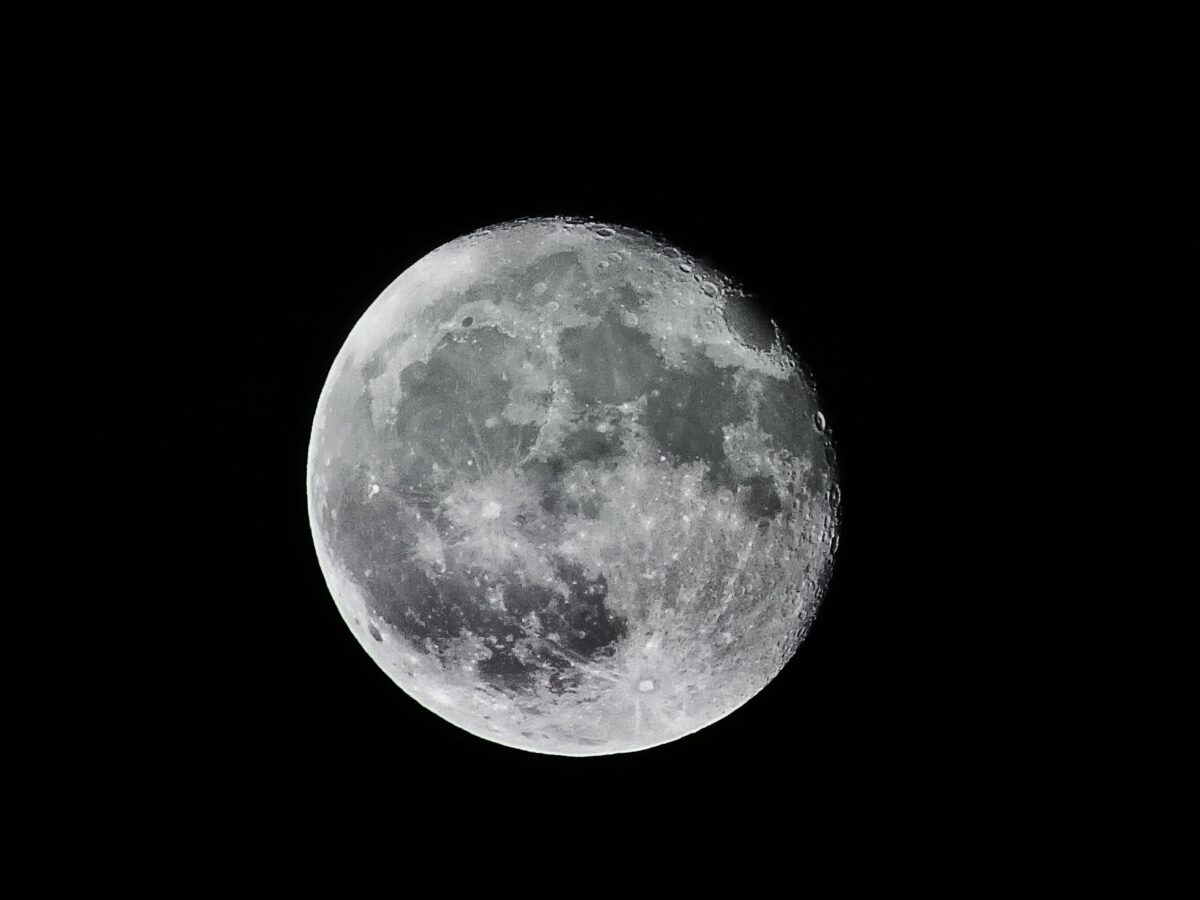Is A Sustainable Lunar Future Possible?

Photo by SevenStorm JUHASZIMRUS
What’s next for humans after their noteworthy accomplishment on the Moon? Is it possible for us to not only land on our feet on its surface but to build a civilization there?
A sustainable lunar future is far from reality, as it has always been a dream. Even so, it didn’t stop scientists worldwide from learning more about the Moon with utter fascination. We may have explored Mars numerous times in an attempt to find any evidence of life that grows on that red planet. Despite the slim chances, there are no long-term solutions, and the endeavor still needs to be improved.
On another note, that’s where author Scott Harral embarks on a literary journey that explores the possibility of humans occupying the Moon. Harral’s glimpse into the near future as we inhabit the Moon is evident in the book, as it makes us feel hopeful that there might still be another place for us somewhere.
A sustainable lunar future beyond this world
Even with the abundant knowledge of the Moon so far, countless things are yet to be seen—for example, the dark side of it. The Moon may have been responsible for illuminating our planet at night, but has anyone ever seen its version of nighttime? The side that is not facing the Earth?
If we were to desire a sustainable lunar future for the sake of prolonging humanity, there needs to be additional information gathered. It helps to assure us that we can live on the Moon if the Earth reaches past its prime.
Nowadays, lighter and cheaper models have been manufactured and launched to the Moon, emphasizing the need to prioritize lunar missions over the past decade. While there may not be enough space crafts that can carry all of us to the Moon in one go, the efforts towards a sustainable lunar future beyond this world are taking baby steps.
Setting sights on a return to the Moon and the drawbacks to it
The United States is one of the countries that made a tremendous win by setting foot on the Moon. However, with other pressing matters in society, the government is still determining whether to prioritize another lunar expedition again.
The National Aeronautics and Space Administration (NASA) focuses on returning to the Moon in 2024. The Artemis Project has been in the works for a long time, although it is still being determined whether NASA can realistically meet its goals or remain a lofty dream.
What may be the hindrances that pulled a stop to this?
After the government lobbied for the project, Congress outright rejected it, exceptionally requesting an additional budget for construction and expedition plans. NASA wanted to make more rocket boosters and a space capsule that could easily take astronauts to the Moon. Eas is also in a race with time, as they are worried that the Artemis Project will be left in the dust if the government won’t bat an eye on it. They are concerned that a sustainable lunar future will never see the light of day.
Experts are also in a race with time, worried that the Artemis Project will be left in the dust if the government won’t bat an eye on it. They are concerned that a sustainable lunar future will never see the light of day.
What does a sustainable lunar future offer us?
Other than quenching an insatiable scientific curiosity, space exploration, in general, isn’t just a show of force or economic power to those who can afford to do it. This is a noble endeavor that benefits humanity in the long run.
With each mission, even little bits of information unearth more knowledge we need regarding space. After all, the concept of even a sustainable lunar future came through the history of Apollo missions in technology. Satellites were born, enabling us to experience peak technological advancements from the palm of our hands.
Robotic missions overshadowing human efforts?
Lunar missions rely on a human to be on board. The eagerness to explore enabled us to create robots to head onto the Moon in our stead. There were also speculations concerning the capability of robots to collect minerals that will be sent for further geological studies.
Japan proved them wrong by sending Hayabusa2. It landed successfully on an asteroid with a mission to gather minerals and bring them back to Earth. However, in defense of human capability, some experts argue that it needs direct human intervention to understand geology to discover possible life forms. It would take so much effort to encode robots into their tasks compared to a human with knowledge and expertise to uncover what lies beyond.
Final thoughts
Regardless of the valid points, we all have a unified goal: to create a sustainable lunar future for everyone. Our planet is deteriorating, and we can save it if a collective effort exists. However, it helps to have a plan B in case we have nowhere else to go.
If we want to use the Moon as a Launchpad for future scientific innovations and the betterment of humanity, we have to drive ourselves to make it happen. Otherwise, we will continuously fight a losing battle and forever wish for what could have been had we tried to realize a sustainable lunar future.

